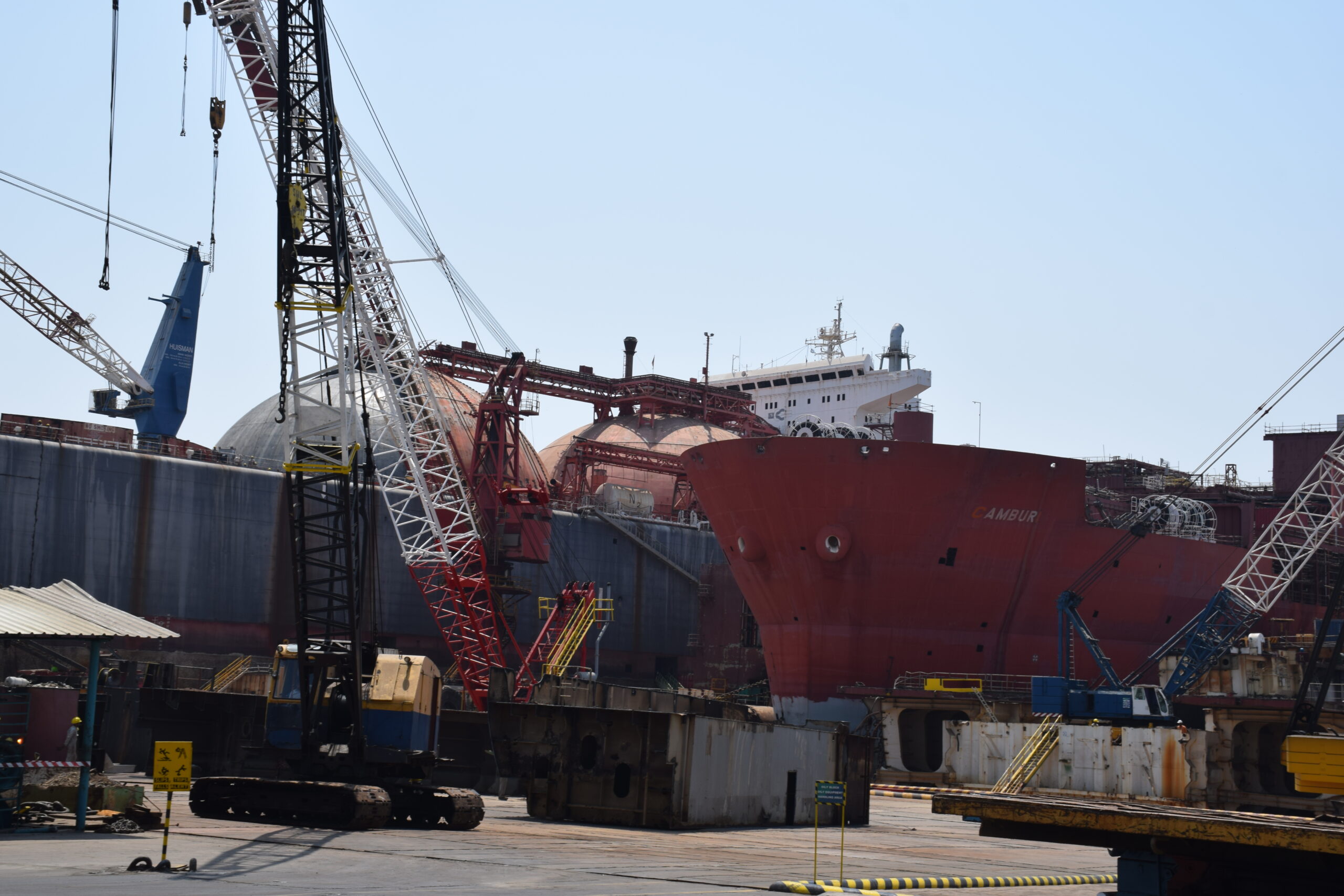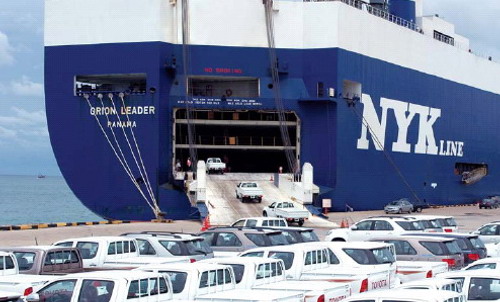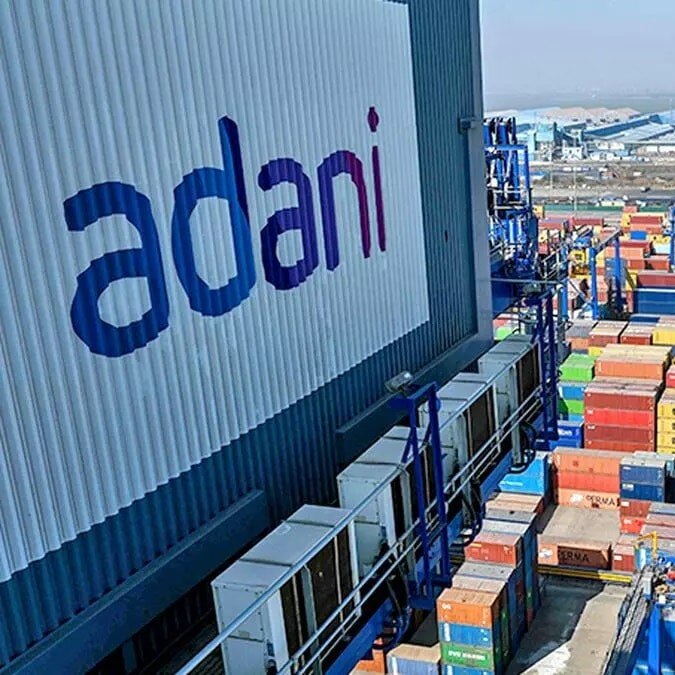Oil Tanker Rates Surge as US Sanctions on Russian Fleet Reshape Global Trade
Oil tanker rates soared on Monday after the Biden Administration implemented its most aggressive sanctions yet on Russia’s petroleum trade. The measures, targeting roughly 160 Russian oil tankers, threaten to disrupt global shipping and force traders to seek alternative crude sources.

The sweeping sanctions, announced just ten days before President Donald Trump is set to take office, affect nearly 10% of the world’s crude-carrying fleet. On Friday, benchmark tanker rates experienced their sharpest one-day increase since August, jumping 39%. This spike was mirrored by a rally in the shares of leading tanker companies, such as Frontline Management AS, DHT Holdings Inc., and International Seaways Inc., whose stock prices climbed further on Monday.
Sanctions Strain Global Oil Supply Chains
The sanctions are the most comprehensive imposed by any Western government since the onset of the Ukraine war. Early data suggests that US-designated tankers are largely immobilized; out of 39 tankers previously sanctioned, 33 have remained inactive, according to ship-tracking data. This loss of shipping capacity has rippled through the oil market, contributing to a $4 per barrel surge in Brent crude futures.
Refiners in major oil-consuming nations, including India and China, have reacted swiftly. Already wary of disrupted supplies from Russia and Iran, they’ve turned to Middle Eastern oil suppliers to secure their needs. India’s response has been particularly pointed, with a senior official confirming the country’s intention to reject US-sanctioned tankers altogether, potentially exacerbating the global shortage of unsanctioned vessels.
The consequences of this disruption are stark. Analysts at Braemar Plc highlighted that Russia-to-China short-haul oil shipments might need to be replaced by Middle Eastern crude, which requires significantly longer voyages. These adjustments would place further strain on the already stretched fleet, increasing costs across the supply chain.
“There is a path for markets to strengthen materially on the back of the new vessel sanctions,” noted Anoop Singh, global head of shipping research at Oil Brokerage. “A necessary condition for freight rates to surge would be the forced idling of the sanctioned fleet. Precedent supports that outcome.”
Limited Fleet Growth Worsens Impact
A stagnant global fleet amplifies the sanctions’ effects. The “compliant” tanker fleet, or ships that adhere to international regulations, hasn’t grown since 2022. Much of this is due to the rise of the so-called shadow fleet—vessels operating outside the traditional market and often serving sanctioned nations like Iran and Russia.
This dynamic has prevented the delivery of new ships to the mainstream freight market, compounding the risk of market disruption. According to industry insiders, the US sanctions are unique in their effectiveness. Analysts at Braemar Plc described them as measures that “genuinely restrict the employment of the vessel,” predicting that these sanctions will have a lasting impact on the global oil trade.
The lack of fleet expansion has also kept tanker earnings below historic highs. While Monday’s rates of $37,822 per day are a significant improvement, they remain far below the $300,000-per-day spike seen in 2019 when the US sanctioned China’s largest shipping company.
Uncertainty Under Trump’s Administration
With President Trump set to assume office next week, questions loom over how his administration will approach these sanctions. Historically, Trump has taken a different stance on Russia compared to his predecessor, and it remains uncertain whether he will maintain or modify the current measures.
Russia, meanwhile, is likely to explore workarounds to mitigate the impact of these sanctions, potentially using its shadow fleet or collaborating with countries willing to defy US measures. India, a major buyer of Russian crude, may shift its purchases to closer suppliers, reducing the need for long-haul shipments and tempering the boost to freight rates.
Yet, the sanctions’ broad scope underscores the heightened risks to global oil trade. Analysts at Clarksons Securities AS estimate that about 10% of the global crude-carrying fleet is now under US sanctions, significantly reducing the supply of available tankers. Should market disruptions intensify, tanker earnings could surpass $100,000 per day, a level not seen since late 2022.
“For tankers, I think the most important part is the changing narrative on the dark trade,” said Jon Nikolai Skaaland, an analyst at SEB AB. “The US seems eager to punish Russia and Iran, and the latest sanctions are a clear reflection of that resolve.”
Market Implications
The ripple effects of the sanctions are being closely watched by investors and industry stakeholders. Shares of major tanker operators surged late last week and extended their gains into Monday, with Frontline rising more than 10%. Analysts point to these stock movements as evidence of growing confidence in the profitability of compliant fleets amidst tightening supply.
However, while bullish sentiment dominates, historical precedent tempers expectations of an unprecedented earnings surge. The market is yet to witness a dramatic spike akin to 2019’s peak earnings for tankers.
In the coming weeks, attention will focus on how the sanctions shape global oil flows and whether they prompt a significant reordering of trade routes. As nations like India and China recalibrate their sourcing strategies and sanctioned fleets remain idle, the broader impacts on global trade and energy markets will become clearer.
The Biden Administration’s latest move underscores the West’s commitment to using economic tools to pressure Russia. Still, its success will depend on the global community’s adherence to these measures and the resilience of alternative shipping and trading networks.
Author: shipping inbox
shipping and maritime related web portal








